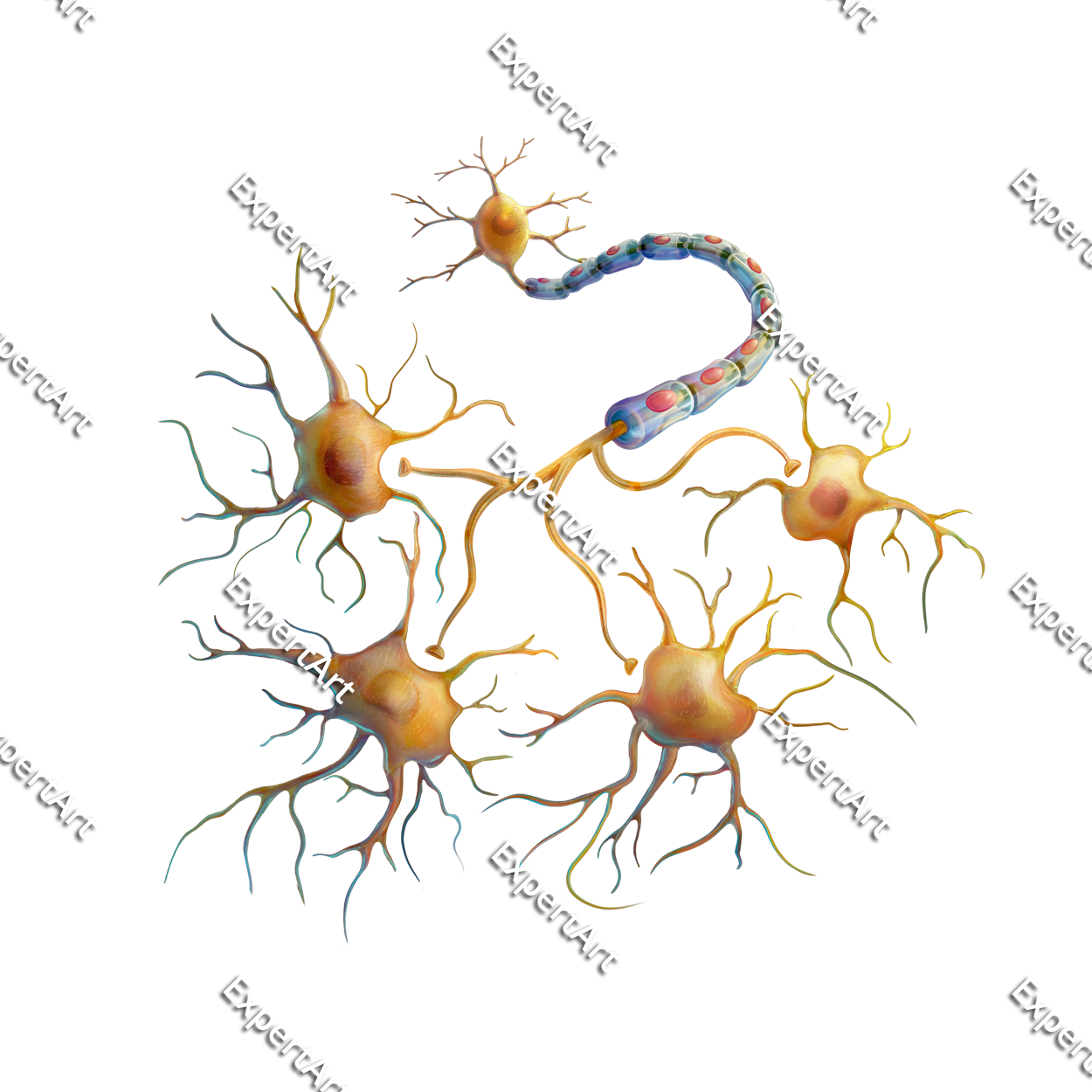
The ninth cranial nerve (CN IX) is the glossopharyngeal nerve. This nerve is a mixed nerve which means that it receives sensory information and is able to send motor information. The functions of this nerve are as follows:
- It receives afferent sensory information from the posterior one-third of the tongue. This function is associated with taste.
- It sends efferent motor information to the stylopharyngeus muscle that is involved in swallowing.
The accessory nerve is the eleventh cranial nerve (CN XI). This nerve provides motor innervation to the sternocleidomastoid and trapezius muscles. The trapezius muscle supports and moves the scapula, and the sternocleidomastoid helps rotate the head and flex the neck.
The twelfth cranial nerve (CN XII) is the hypoglossal nerve. This nerve has a solely motor function and innervates the majority of the muscles of the tongue. As a result, the hypoglossal nerve is involved in controlling the tongue, which is necessary for speech and swallowing.

